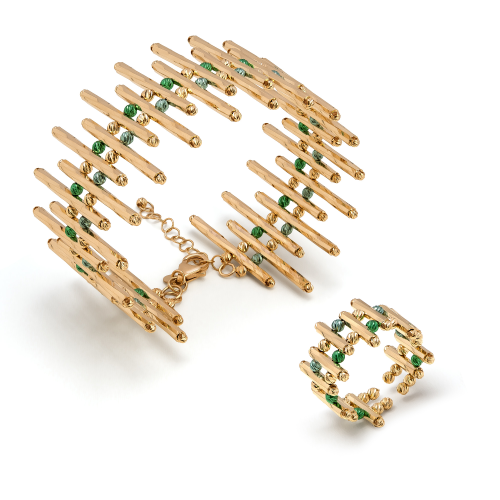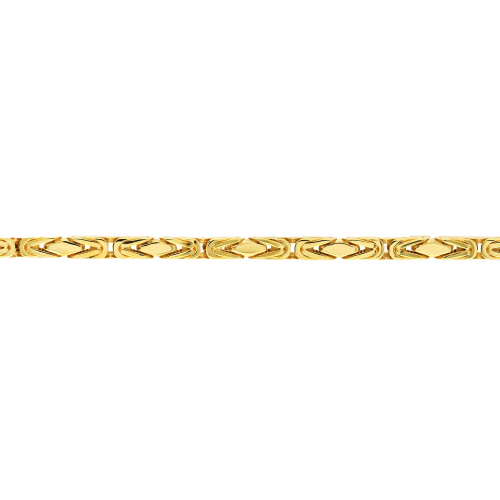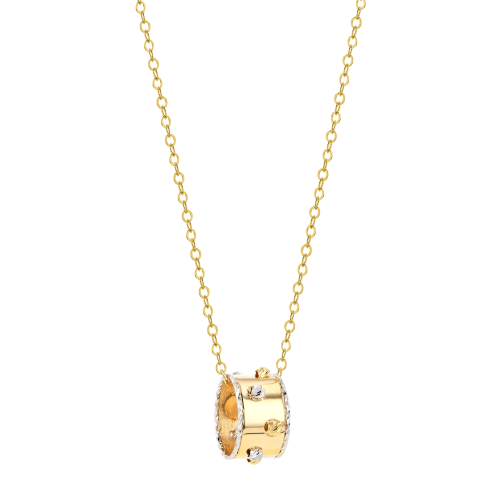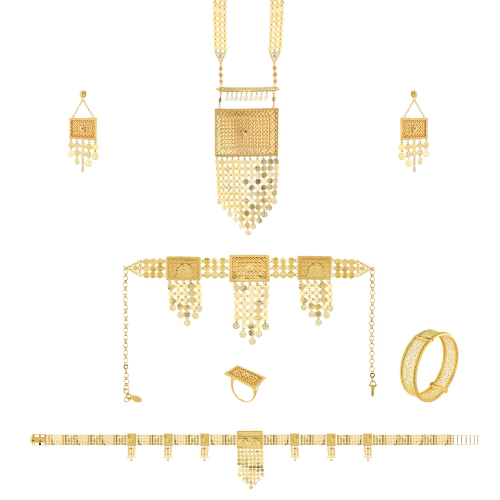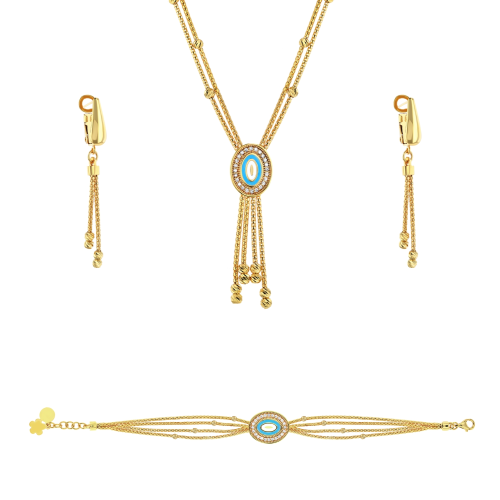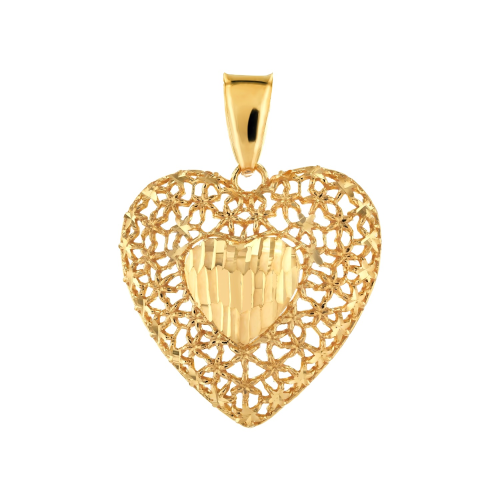Ancient Gold Working Techniques That Still Influence Modern Jewelry
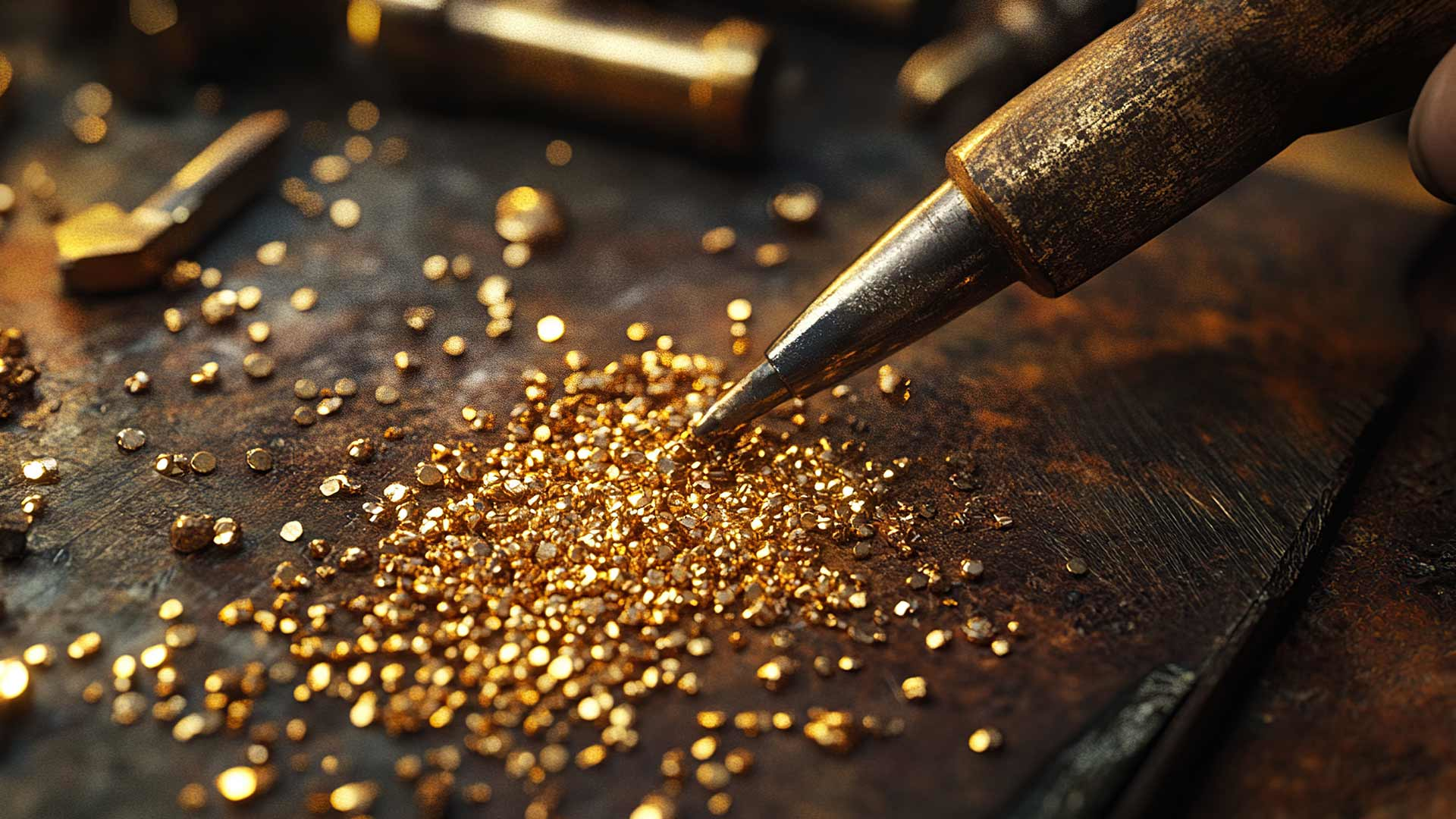
The shimmer of gold has captivated humanity for millennia, inspiring artisans to develop sophisticated techniques for transforming this precious metal into extraordinary pieces of jewelry. Many of these ancient methods, perfected thousands of years ago, continue to influence modern jewelry making, demonstrating the timeless nature of human ingenuity and artistic expression.
The Legacy of Granulation
Perhaps one of the most remarkable ancient techniques still admired and practiced today is granulation, pioneered by the Etruscans in the 8th century BCE. This intricate process involves arranging tiny spheres of gold into complex patterns on a metal surface. The ancient artisans would cut small pieces of gold, heat them until they formed perfect spheres due to surface tension, and then carefully arrange these granules into elaborate designs. The spheres were attached using a copper salt mixture that, when heated, created a permanent bond without visible solder marks.
Modern jewelers still employ granulation, though often with the assistance of laser welding technology. The principle remains the same, and the aesthetic appeal of these delicate patterns continues to enchant contemporary audiences. High-end jewelry houses like Bulgari frequently incorporate granulation techniques in their designs, paying homage to their Etruscan heritage while creating thoroughly modern pieces.
Filigree: Threading Gold into Dreams
Filigree work, another ancient technique that dates back to 3000 BCE in Mesopotamia, involves twisting fine gold threads into intricate patterns. Ancient craftsmen would draw gold through increasingly smaller holes to create wire of incredible fineness, then twist and solder these threads into elaborate designs. This technique reached its zenith during the Byzantine era, where artisans created pieces of such complexity that they appeared to be woven from golden lace.
Today's jewelers still practice filigree, though modern wire-drawing machines have replaced the laborious manual process. The technique remains particularly prevalent in Mediterranean and Indian jewelry, where traditional designs continue to influence contemporary pieces. The delicate nature of filigree work makes it particularly suitable for creating lightweight yet visually impressive pieces, a quality highly valued in modern jewelry design.
The Art of Lost-Wax Casting
Lost-wax casting, or cire perdue, was mastered by ancient civilizations across the globe, from the Egyptians to the Aztecs. This versatile technique involves creating a wax model of the desired piece, encasing it in clay or plaster, and then heating the mold to melt out the wax and replace it with molten gold. The discovery of lost-wax cast pieces dating back to 3700 BCE demonstrates the remarkable longevity of this technique.
Modern jewelry production relies heavily on lost-wax casting, though with significant technological improvements. Computer-aided design (CAD) and 3D printing now allow for the creation of precise wax models, while vacuum-assisted casting ensures better metal flow and fewer defects. Despite these advances, the fundamental principle remains unchanged from ancient times.
Surface Treatments: Ancient Wisdom, Modern Applications
The ancient Egyptians and Romans developed various techniques for treating gold surfaces to create different visual effects. One such technique was depletion gilding, where copper was leached from the surface of a gold alloy to create a layer of pure gold. They also mastered the art of creating different colors of gold through alloying with various metals, a practice that continues to influence modern jewelry making.
Contemporary jewelers still employ many of these surface treatment techniques, though often with modern tools and materials. The ancient practice of creating textured surfaces through hammering and chasing has evolved into more sophisticated methods using electrical and chemical processes, yet the fundamental principles remain the same.
The Eternal Appeal of Gold Leaf
The art of creating gold leaf by hammering gold into extremely thin sheets was perfected by ancient Egyptian artisans. They would hammer gold between pieces of leather or parchment until it became thin enough to float on a breath of air. This technique allowed them to cover large surfaces with minimal amounts of gold, creating spectacular decorative effects.
Modern gold leafing techniques differ little from these ancient methods, though mechanical hammering has largely replaced manual work. The principle of creating incredibly thin sheets of gold for decorative purposes remains unchanged, and contemporary jewelers often incorporate gold leaf into their designs, creating pieces that combine ancient techniques with modern aesthetics.
Innovation Through Tradition
While modern technology has revolutionized many aspects of jewelry making, the fundamental techniques developed by ancient craftsmen remain relevant and influential. Today's jewelers often combine these time-tested methods with contemporary innovations, creating pieces that bridge the gap between past and present. The enduring nature of these ancient techniques speaks to their effectiveness and the timeless appeal of their aesthetic results.
Understanding these historical techniques not only helps us appreciate the incredible skill of ancient craftsmen but also provides inspiration for modern innovation in jewelry design. As we continue to develop new technologies and methods, the wisdom of ancient gold workers continues to guide and influence contemporary jewelry making, ensuring that these time-honored techniques remain alive and relevant in the modern world.
The persistence of these ancient techniques in modern jewelry making demonstrates that true innovation often builds upon, rather than replaces, traditional methods. As we look to the future of jewelry design, it seems certain that these ancient techniques will continue to inspire and influence craftsmen for generations to come, creating a living legacy that connects us to our artistic heritage while pushing the boundaries of what's possible in jewelry making.
